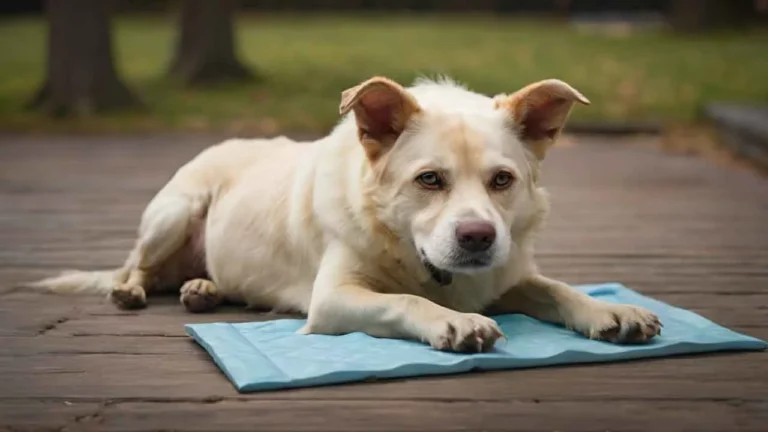Training an older dog to use a pee pad can seem challenging, but with the right approach, it’s entirely doable. If you’re wondering how to teach an old dog to use a pee pad, this guide is here to help. Pee pads can be a game-changer for senior dogs who may have difficulty going outside due to mobility issues or health concerns.
In this article, we’ll cover practical steps and tips for introducing your dog to a pee pad, emphasizing the importance of patience and positive reinforcement. By following these strategies, you can make the transition smoother and more successful for both you and your furry friend. Whether you’re new to this or have tried it before, our step-by-step approach will provide the guidance you need.
Choose the Right Spot
When teaching your old dog to use a pee pad, selecting a consistent location is crucial. Dogs thrive on routine, and having a designated spot helps them understand where they should relieve themselves. Pick a low-traffic area that is easily accessible to your dog, such as a corner in the laundry room or near the back door. Ensure this spot is quiet and free from distractions to help your dog focus on the task.
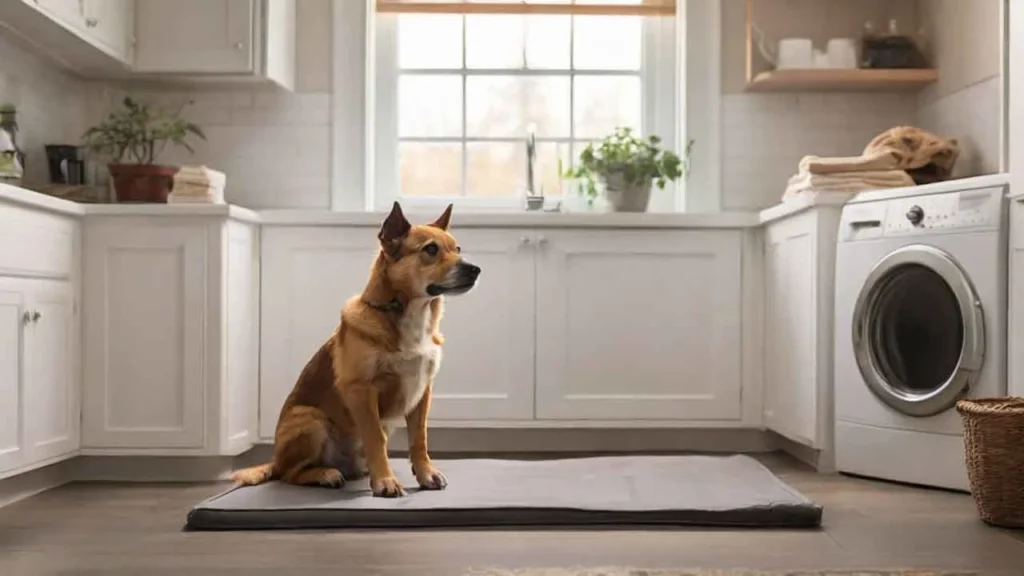
Importance of Selecting a Consistent Location
Consistency in location reinforces your dog’s learning process. A fixed spot prevents confusion and encourages regular use of the pee pad. Changing the location frequently can lead to accidents and slow down the training process.
Tips on Choosing the Best Spot in Your Home
- Accessibility: Choose a spot that your dog can reach easily, especially if they have mobility issues.
- Quiet Area: Select a calm, quiet spot where your dog won’t be disturbed.
- Proximity to Usual Routes: Place the pee pad near areas your dog frequently visits to make it more convenient.
By carefully selecting and maintaining a consistent spot for the pee pad, you set your dog up for success in their training journey.
Gradual Introduction to the Pee Pad
Introducing your old dog to a pee pad requires a gentle and consistent approach. Here are step-by-step instructions to help your dog get accustomed to using a pee pad.
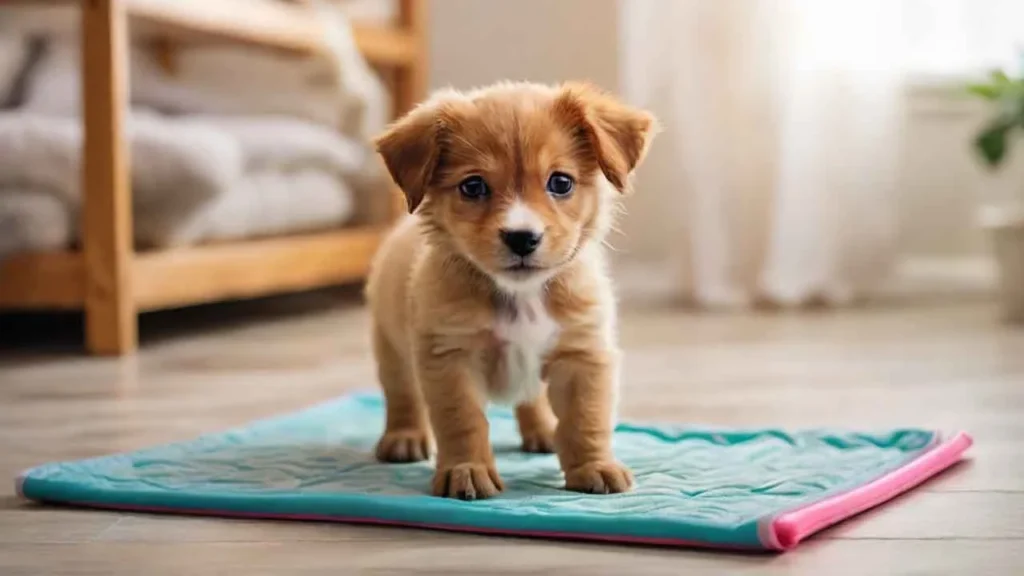
Step-by-Step Instructions for Familiarizing Your Dog
- Place the Pad: Begin by placing the pee pad in your chosen spot.
- Introduce the Pad: Lead your dog to the pad and let them sniff and explore it. Repeat this multiple times a day.
- Use Commands: Use a specific command like “go potty” each time you place your dog on the pad. This helps them associate the command with the action.
- Observe and Encourage: Watch for signs that your dog needs to go and gently guide them to the pad.
Use of Commands and Consistency in Training
Consistency is key when training your dog to use a pee pad. Always use the same command and lead them to the pad at regular intervals, especially after meals, naps, and playtime. Reward your dog with treats and praise each time they use the pad correctly, reinforcing the positive behavior.
Positive Reinforcement
Positive reinforcement is essential when teaching your old dog to use a pee pad. Here’s why it’s important and how to do it effectively.
Importance of Rewarding Your Dog
Rewarding your dog for using the pee pad correctly encourages them to repeat the behavior. Positive reinforcement builds a strong association between the desired action and a positive outcome, making training more successful.
Effective Reward Strategies and What to Avoid
Immediate Rewards: Give treats and praise immediately after your dog uses the pad correctly to reinforce the behavior.
Consistency: Be consistent with rewards to maintain the association.
Avoid Punishment: Never punish your dog for accidents, as this can cause fear and anxiety, hindering training progress.
Consistency and Patience
Training an older dog to use a pee pad requires a regular schedule and a lot of patience.
Emphasize the Need for a Regular Schedule
Maintaining a consistent routine helps your dog understand when and where they should relieve themselves. Take your dog to the pee pad at regular intervals—after eating, drinking, waking up, and playing. This consistency reinforces the habit and makes it easier for your dog to learn.
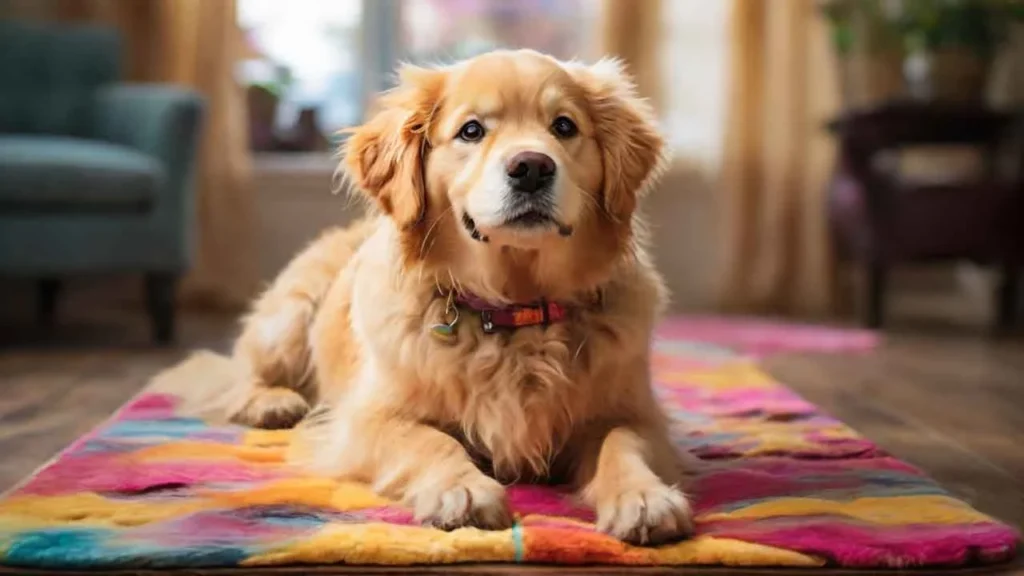
Patience as a Key Factor in Training Older Dogs
Older dogs may take longer to adapt to new behaviors due to established habits and possible health issues. Patience is crucial. Avoid showing frustration or impatience, as this can create anxiety and hinder progress. Celebrate small successes and remain supportive throughout the training process.
Using Attractants
Attractant sprays can be incredibly helpful when training your old dog to use a pee pad. These sprays contain scents that are designed to encourage dogs to urinate in specific areas.
How Attractant Sprays Can Aid in Training
The scent in attractant sprays mimics pheromones that naturally signal to dogs where to go to the bathroom. By spraying the attractant on the pee pad, you create an appealing target for your dog, making them more likely to use the pad.
Recommendations for Selecting Effective Attractants
- Quality Products: Choose attractants specifically formulated for dogs.
- Natural Ingredients: Look for sprays with natural, non-toxic ingredients.
- Customer Reviews: Read reviews to find products with high success rates.
Using attractants can simplify the training process, making it easier for your dog to learn where to go.
Factors to Consider:
Size: Choose a pee pad size that accommodates your dog’s breed and size. Larger dogs will require bigger pads to ensure they have enough space to comfortably use it.
Absorbency: Look for pads with high absorbency to minimize leaks and keep the area dry. This is particularly important for older dogs who may have more frequent urination.
Material: Opt for pads made from materials that are comfortable for your dog and prevent leaks. Many pads have a leak-proof backing to protect floors and carpets.
Recommendations for the Best Pee Pads:
When selecting pee pads, consider these highly regarded options:
- AmazonBasics Pet Training and Puppy Pads: These pads are available in various sizes and offer quick-dry technology and leak-proof design.
- Glad for Pets Activated Carbon Puppy Pads: Known for their carbon technology that neutralizes odors, these pads are also highly absorbent and come in different sizes.
- American Kennel Club Training Pads: These pads are large and have a built-in attractant to encourage dogs to use them. They are also equipped with odor neutralizers.
- Four Paws Wee-Wee Standard Puppy Pads: These pads feature a 5-layer technology for maximum absorption and leak protection, suitable for all dog sizes.
- IRIS Neat ‘n Dry Premium Pet Training Pads: These pads offer a quilted design for enhanced absorbency and a moisture-locking layer to prevent leaks.
Choosing the right pee pad involves matching your dog’s needs with the pad’s size, absorbency level, and material quality. Each of these recommended options provides durability, absorbency, and features designed to make training easier and more effective for both you and your dog.
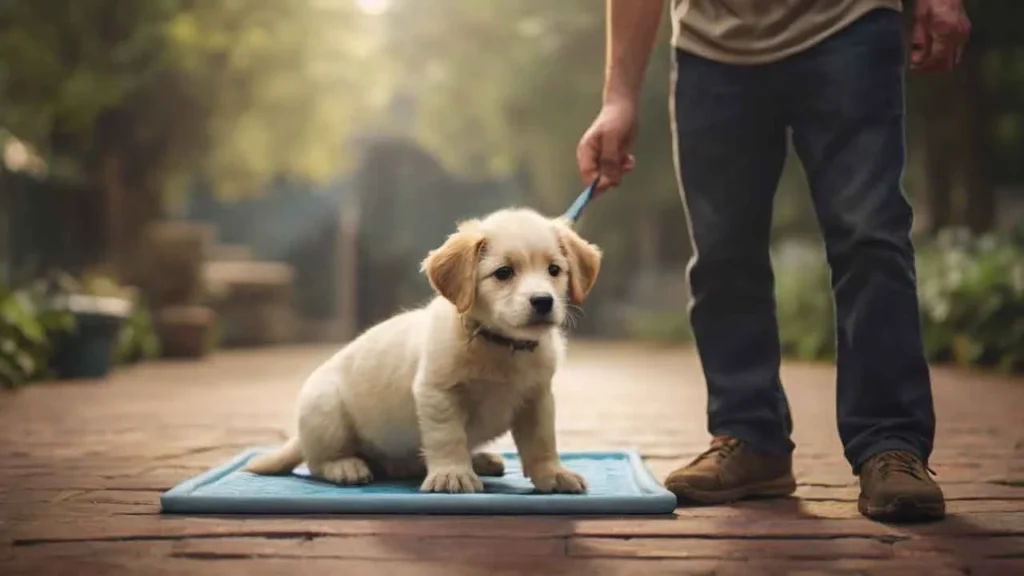
Monitoring Your Dog’s Progress:
Monitoring involves closely observing your dog for signs that they need to go potty, such as sniffing around or circling. Note when accidents occur and where they happen to identify patterns. Keep track of how consistently your dog uses the pee pad and their response to praise and rewards after using it correctly.
Adjusting Your Approach Based on Your Dog’s Behavior:
Based on your observations, adjust the timing of when you take your dog to the pee pad, increasing frequency after meals and naps if accidents persist. Consider re-evaluating the location of the pee pad to ensure it’s in a quiet, accessible spot. Modify your training method if your dog seems confused or resistant, such as changing the command used or introducing attractant sprays. Patience and consistency are key, as older dogs may take longer to adapt. If challenges persist, seek guidance from a professional dog trainer or veterinarian.
Common Challenges and Solutions:
Accidents Outside the Pad:
If your dog consistently has accidents outside the designated area, review the pad’s location. Ensure it’s easily accessible and in a quiet spot. Reintroduce your dog to the pad gently, using positive reinforcement when they use it correctly.
Resistance to Pee Pad:
Some dogs may resist using the pee pad initially. Encourage them with treats, praise, and patience. Gradually increase exposure to the pad and use attractant sprays to make it more appealing.

Inconsistent Use:
Older dogs may have difficulty establishing a routine. Maintain a consistent schedule for taking your dog to the pad after meals, naps, and playtime. Reinforce positive behavior with rewards to encourage consistent use.
Tips for Dealing with Accidents and Setbacks:
Stay Calm:
Accidents are part of the learning process. Avoid showing frustration or anger, as this can confuse and stress your dog.
Clean Thoroughly:
Use enzymatic cleaners to thoroughly clean any accidents. This helps remove odors that may attract your dog back to the same spot.
Reevaluate Training Approach:
If setbacks occur, reassess your training method. Adjust timing, location, or the type of reinforcement used to better suit your dog’s needs.
Consultation:
Seek advice from a professional trainer or veterinarian if issues persist. They can provide tailored strategies and advice based on your dog’s specific behavior and health.
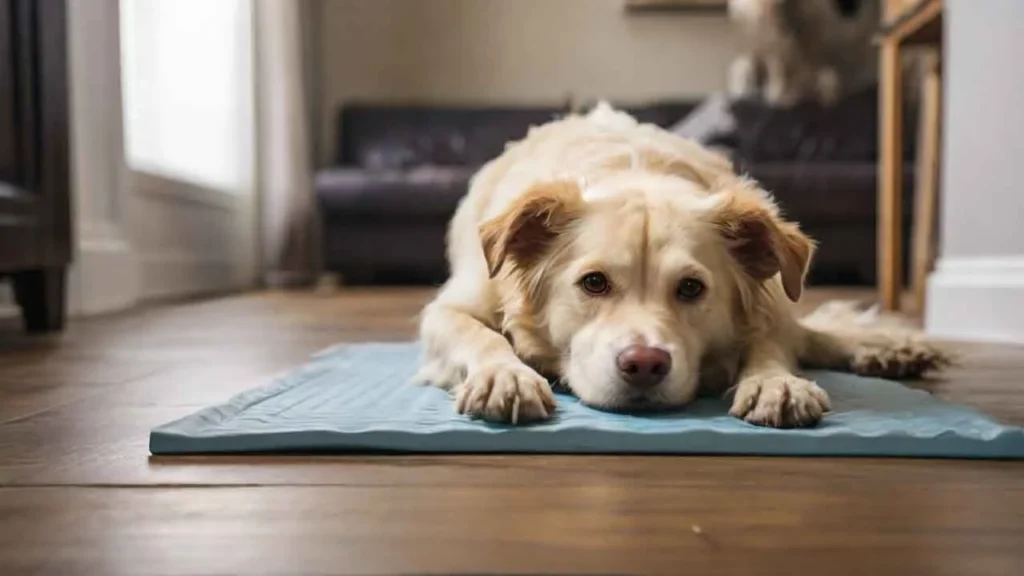
Conclusion
In conclusion, training an older dog to use a pee pad requires patience, consistency, and understanding. Start by selecting a quiet, accessible spot for the pee pad and introducing it gradually, using positive reinforcement like treats and praise. Monitor your dog’s progress closely, adjusting your approach based on their responses and behaviors. Remember, accidents are part of the learning process, so remain calm and avoid punishing your dog. Instead, focus on cleaning accidents thoroughly with enzymatic cleaners to prevent repeat incidents.
Consistency in your training schedule is crucial. Take your dog to the pee pad regularly, especially after meals, naps, and playtime, to reinforce the habit. Celebrate successes with enthusiasm and continue to support your dog through any setbacks. Consulting a professional trainer or veterinarian can provide additional guidance if needed.
Above all, maintain a positive attitude and trust in the process. With time and persistence, your older dog can successfully learn to use a pee pad, improving their comfort and peace of mind. By following these steps and remaining dedicated, you’ll create a positive environment conducive to successful training outcomes for both you and your beloved pet.


